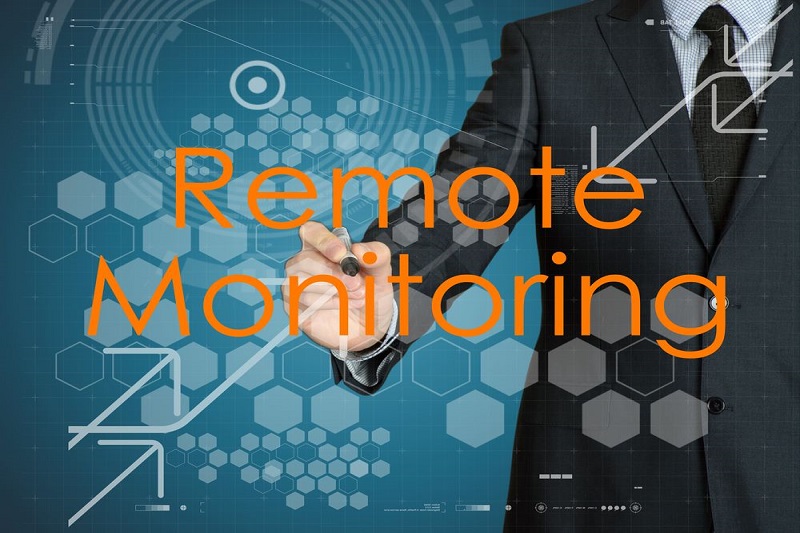
Remote monitoring system is boon of latest technological advancements. It is a system through which you can monitor your business operations from a remote location. No matter in which part of the world you are traveling to, you can keep a check on your business using this system. These days, many businesses are using this system to monitor the performance of their operations and maximize their business productivity. However, you can’t just use any system that you first come across.
Here are a few features that you must look for while selecting this system:

1. Connectivity: In order to use a remote monitoring system to the fullest, it needs to be connected via different mediums. The system that you choose should have connectivity through a variety of latest mediums, such as Wi-Fi, infrared and BLE. The size of the module should be compact, so that it is easy to carry without compromising on range and speed. It must offer connectivity through a single medium, instead of giving that through different mediums. Also make sure that the connectivity should be within the range of 10-20GHz, so that it does to cause harm to the human bodies around it. Also give attention to the power requirements and bandwidth of your module.
2. Data security: If you work around people and their personal details, then you need to choose a remote monitoring system that can keep this data safe and protected. It must give an added layer of security to keep personal data of your business and your customers confidential. Customers would not be able to trust you if their data gets leaked from your side. The module will also be able to identify, and alert is some wrong user is trying to access to data without authorization. Some modules are protected by finger-scan, heart rate, retina scan, etc. to access data. It should be accessible through the web or through a mobile interface to provide convenience to the user.
3. Setup and configuration: The remote monitoring system that you select should be easy to setup and configure. It should have a user-friendly interface, which should easy to be learnt by all your staff members even without any technical knowledge. Operating it should not require any special training sessions. It should also have a good customer care system which you may access for help or for resolving any issue.
4. Customization: Although it must include all the features that you desire for the smooth monitoring of your business operations, it must also come with some level of customization. One system may not fit all, and your business may have some specific needs. So, it should be customizable to some extent so that you can use it the way you want. Although it may start small, it must have the ability to grow with your business. If your business needs increase with time, the remote monitoring system must be able to accommodate the increasing needs.
5. Backup power system: The system that you choose must have an in-built battery backup system as well. This would keep your system protected even during a power failure. Power outage may interrupt with the communication link due to lost internet connection and cause problem in the communication system. The system must have a backup power system of at least a few minutes, giving users enough time to send alerts and notify you about lost connection. During this time, all data would be stored and uploaded online until the connection is built back.
Last but not the least, give attention to the cost of the remote monitoring system, and try to access the cost involved in its repairs and maintenance. With all these points kept in mind, you can choose a robust system that can keep you updated about your business operations from a remote location.





